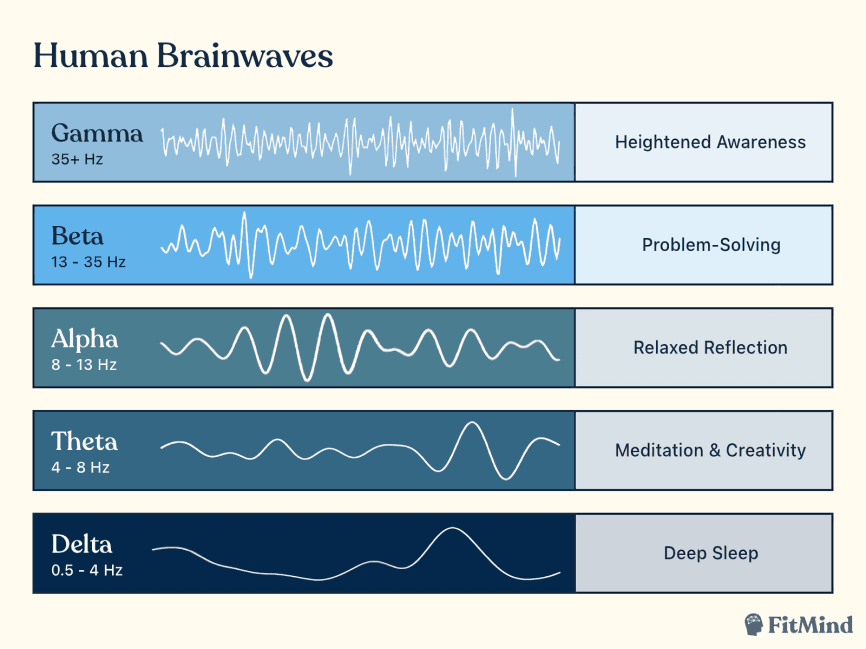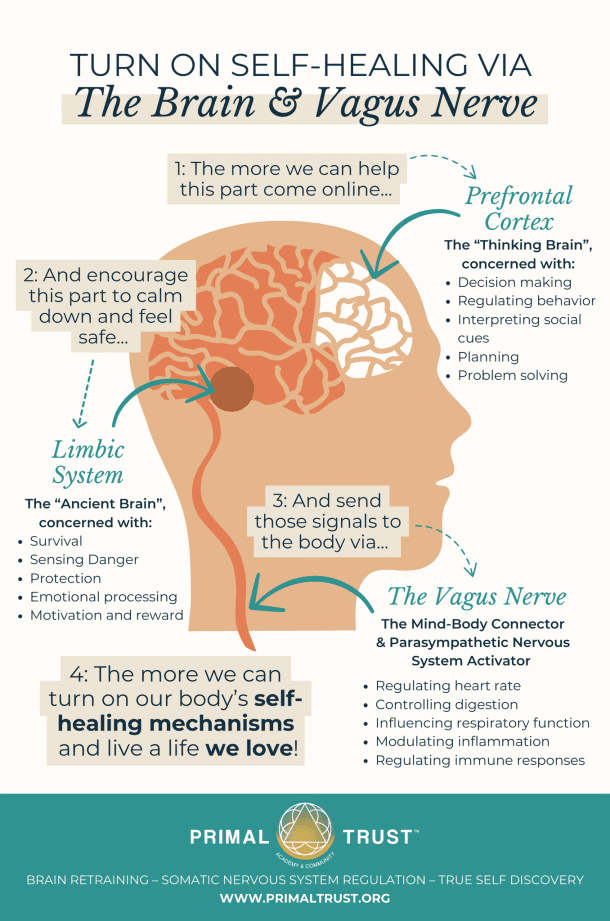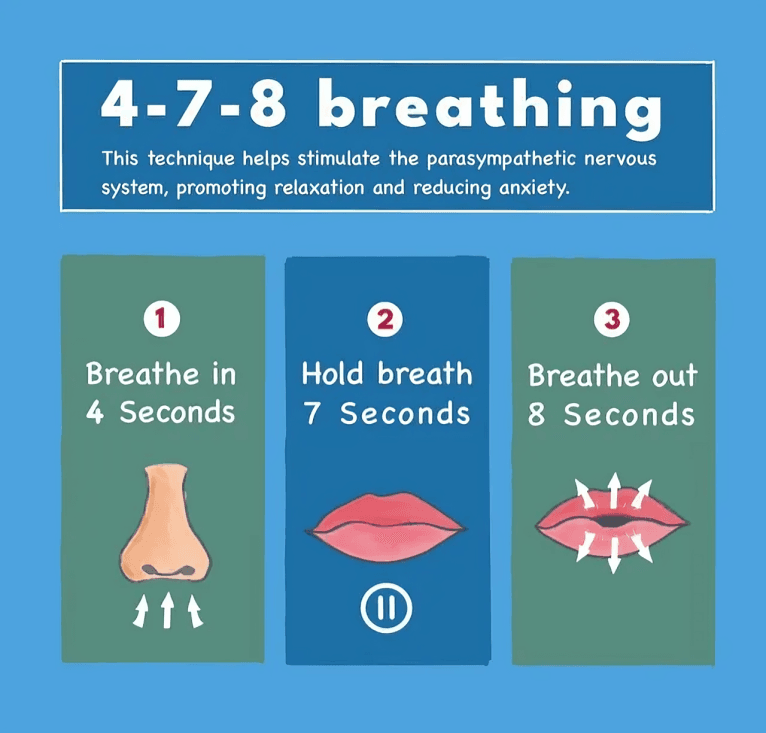
“
oxygen systemWhen you inhale deeply, something far greater than air enters your lungs—The Science Behind Deep Breathing reveals a quiet revolution unfolding within your body. Unlike shallow breathing, which starves your system of oxygen, the science behind deep breathing triggers your body’s inner intelligence. From vagus nerve stimulation to improved CO₂ tolerance, The Science Behind Deep Breathing unlocks your ability to self-regulate in real time. Whether you're seeking better sleep, clearer thinking, or emotional balance, The Science Behind Deep Breathing delivers powerful, natural solutions that require nothing but your own breath. Let’s dive into The Science Behind Deep Breathing and explore how it holds the key to transformation—on every level.1
1
”
Deep breathing stimulates the parasympathetic nervous system, lowering the heart rate and relaxing blood vessels, which helps the body recover from stress and supports better cardiovascular function and emotional calm. 1
Focusing on slow inhalation and exhalation improves vagus nerve activity, which helps regulate digestion, mood, heart rate, and inflammation, creating a strong connection between breathing patterns and overall physiological balance. 2
Diaphragmatic breathing increases lung capacity by fully engaging the diaphragm, drawing in more oxygen and pushing out excess carbon dioxide, which enhances respiratory efficiency and energizes the entire body system. 3

Deep breathing slows brainwave frequency, guiding the brain from beta (alert) to alpha or theta states, which encourages relaxation, sharper focus, emotional clarity, and improved learning or memory performance.
Practicing mindful deep breaths lowers cortisol levels in the bloodstream, reducing anxiety and depression risks while promoting emotional stability and enhancing overall mental wellness throughout daily life activities. 4
Taking deep breaths improves oxygen exchange in alveoli, the tiny lung air sacs, which boosts oxygen delivery to muscles and organs, supporting efficient metabolism, tissue repair, and sustained energy levels. 5
Deep breathing calms the amygdala, the brain’s fear center, reducing panic responses and emotional reactivity, helping people manage stress-related conditions like phobias, anxiety disorders, or trauma-based flashbacks effectively. 6
Slower, deeper breathing enhances baroreflex sensitivity, the body's mechanism for detecting and stabilizing blood pressure, making it a natural, drug-free approach to managing hypertension or promoting heart health longevity. 7
Breathing deeply aids lymph flow by stimulating smooth muscles and diaphragm motion, which helps remove toxins and waste products, strengthening immune defense and promoting long-term bodily health and detoxification. 8

When practiced consistently, deep breathing can enhance neuroplasticity—the brain’s ability to form new neural pathways—which supports learning, recovery from stress, and the development of more adaptive emotional responses.
Inhaling deeply reduces muscle tension by oxygenating tense tissues, allowing tight muscles to relax, lowering pain sensitivity, and providing relief from tension headaches, jaw stiffness, or back pain naturally.9
Deep breathing boosts nitric oxide production in the nasal passages, which dilates blood vessels, improves circulation, reduces blood pressure, and supports the immune system’s ability to fight pathogens efficiently. 10
Focused breathing reduces sympathetic nervous system dominance, minimizing adrenaline and noradrenaline production, which helps individuals feel grounded, focused, and less likely to experience chronic fight-or-flight activation. 11
Practicing deep breathing before bed slows your heart rate, quiets mental chatter, and raises melatonin levels, making it an excellent natural remedy for improving sleep quality and reducing insomnia symptoms. 12
Deep breathing strengthens the diaphragm muscle, improving lung elasticity and tidal volume, which helps individuals breathe more efficiently during physical activity and reduces breathlessness in people with respiratory conditions. 13
Deep breaths expand the rib cage and activate intercostal muscles, supporting better posture and spinal alignment and reducing upper body tension caused by shallow breathing or long hours of sitting. 14

Deep breathing techniques like box breathing or 4-7-8 breathing slow the nervous system, helping individuals remain calm in emergencies, interviews, presentations, or other high-stress public performance scenarios.
Intentional breathing helps regulate emotional centers like the hippocampus and prefrontal cortex, reducing reactivity and increasing decision-making capacity, particularly in high-pressure or emotionally challenging environments. 15
People who practice daily deep breathing exhibit stronger heart rate variability (HRV), a key marker of resilience, longevity, and reduced risk for heart disease and chronic mental stress conditions. 16
Long-term deep breathing practices like pranayama are associated with reduced inflammation markers in the body, supporting chronic disease prevention and promoting overall physical longevity and systemic health restoration. 17

